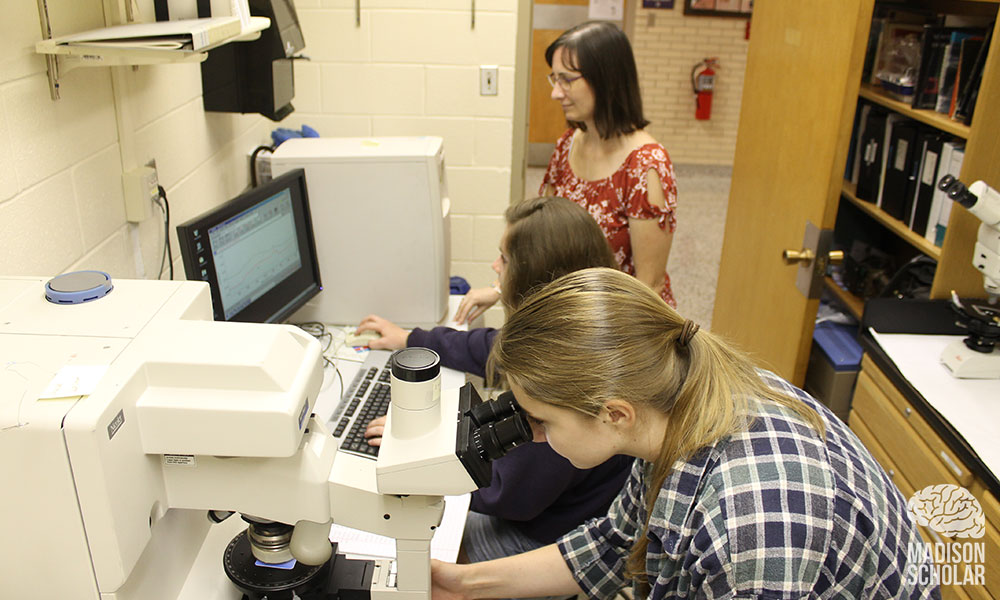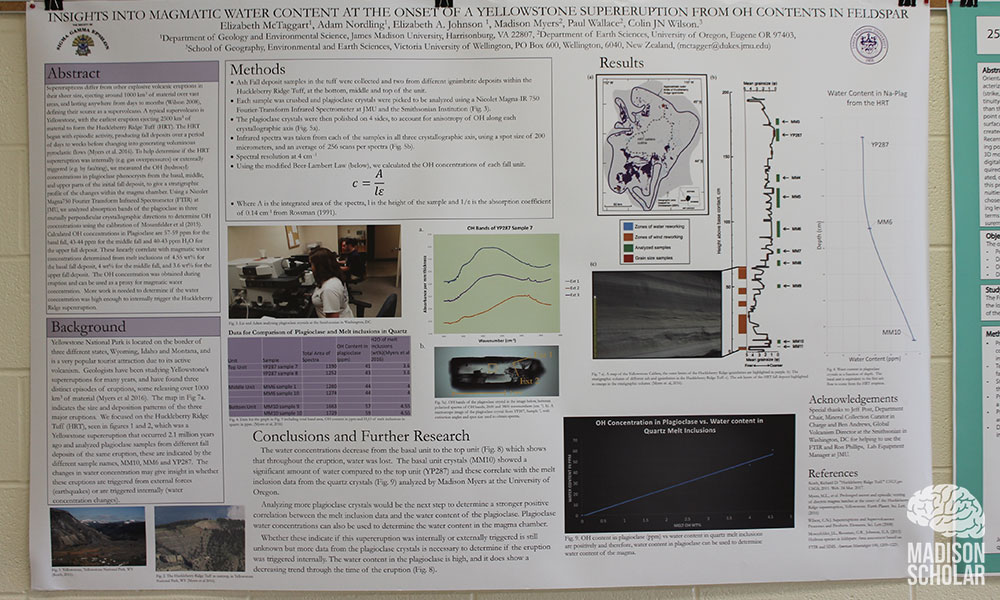What made Earth explode?
JMU researchers seek clues to planet's super eruptions
Science and Technology
SUMMARY: Super eruptions have occurred in what is now the United States too, including one in Long Valley, California about 750,000 years ago, and three in the area now partly encompassing Yellowstone Park, the most recent about 2.1 million years ago.
Earth's last super volcanic eruption, the kind that make today's eruptions look like firecrackers, occurred more than 25,000 years ago in New Zealand. The crater, or caldera, left behind is now filled by Lake Taupo, New Zealand's largest lake with a surface area of 238 square miles and a maximum depth of 610 feet.
Super eruptions have occurred in what is now the United States too, including one in Long Valley, California about 750,000 years ago, and three in the area now partly encompassing Yellowstone Park, the most recent about 2.1 million years ago.
And while thousands of years have passed without such an event, there's no guarantee it won't happen again. That's why Elizabeth Johnson, associate professor of geology, and her students are teaming up with researchers at the University of Oregon to look for clues that could help determine what caused the cataclysmic explosions.
"The idea is to compare these different super eruptions and try to see how they're the same or different, and also to try to understand what triggered the eruptions to begin with," said Johnson.

For their part, Johnson and her students, geology majors Liz McTaggart and Anna Ruefer, are examining crystals from the Long Valley caldera and looking for how much water was dissolved in the magma — "because magma is a lot like soda," Johnson explained.
Similar to the way soda will explode out of a bottle when shaken, magma can erupt when gas bubbles begin to rise and expand. "If you get magma starting to ascend, you get these bubbles and it causes kind of a catastrophic reaction, you get this big eruption of rock coming out of the surface," she said. "The gasses are really an important part of trying to understand what triggers them, and so that's the thing we're exploring."
And what shook up the region to get the gasses bubbling? That's part of the mystery. Earthquakes may have played a part, but over saturation of the gasses could have caused them too. There appears to be differences in how long the eruptions lasted as well. Geologic evidence suggests the Huckleberry Ridge eruption, in the area including Yellowstone Park, took months, "but Long Valley pretty much seems like it was just a boom," Johnson said.
The project is providing good experience for McTaggart and Ruefer, who recently spent a week at The Smithsonian Institution in Washington, D.C. using an infrared spectrometer to analyze their samples. McTaggart, a senior, and Ruefer, a junior, both plan to go to graduate school to study geology after they graduate from JMU.McTaggart, who has been working in Johnson's lab the past three years, has already presented a poster on the research at a Geological Society of America meeting, and Ruefer should have an opportunity as well. The research, which began in summer 2016 and will continue for at least another year, also may result in opportunities to publish in peer-reviewed journals.

More information about the research is available on Johnson's website at http://johns2ea.wixsite.com/lizjohnson/research.

